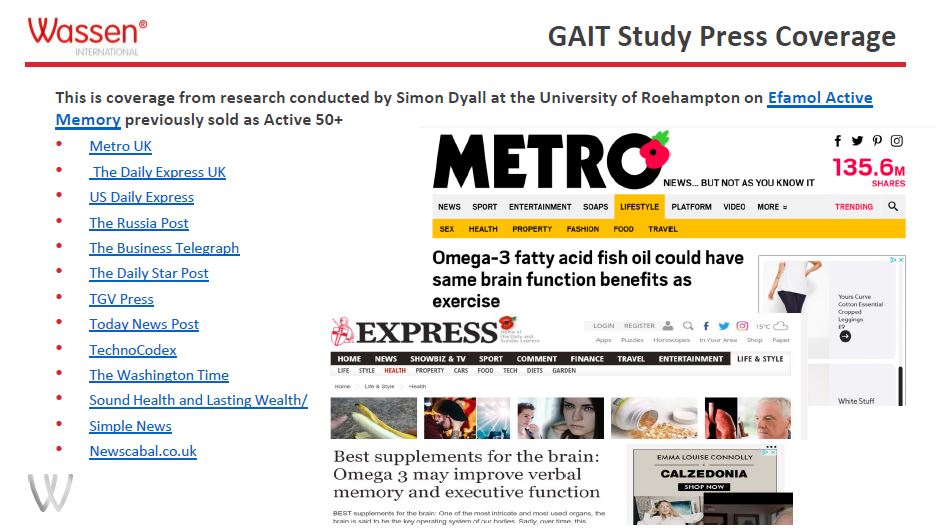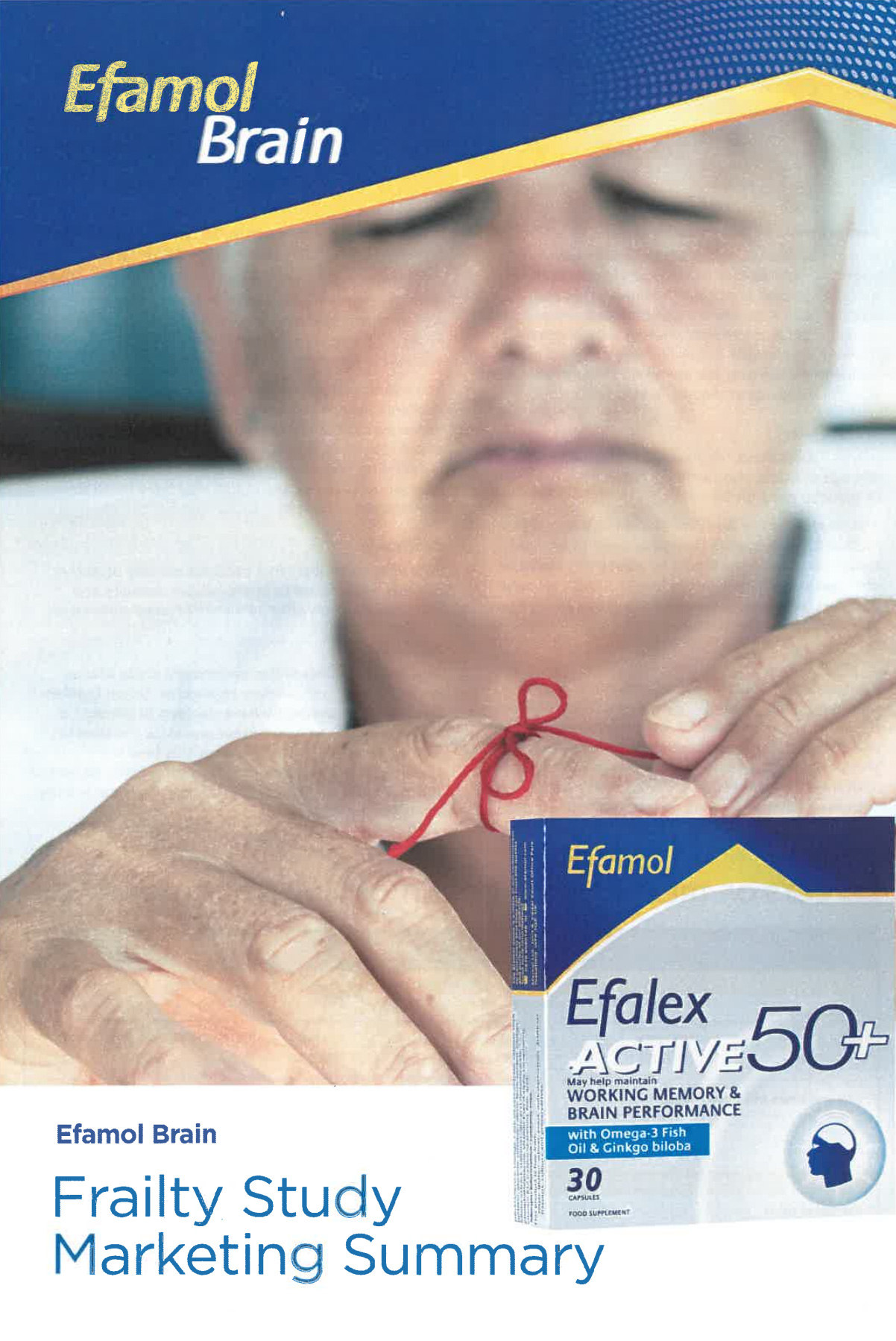Q. Why would a company use hexane in their processing, a volatile organic compound (VOC) that can be an environmental pollutant if incorrectly handled?
A. Hexane is not classified as a ‘greenhouse gas’ by the Intergovernmental Panel on Climate Change (see http://www.answers.com/topic/ipcc-list-of-greenhouse-gases-1 ) and is therefore not considered to be a major climate changing pollutant. To date, hexane extracted evening primrose oil is the only one that has been subjected to rigorous safety and efficacy testing. (See document entitled “Manufacture of Efamol EPO”.) Since hexane extracted EPO it is currently the only one that can be ethically recommended for its intended use, companies selling EPOs should be morally obligated to provide their consumers with that product rather than an alternatively manufactured oil that has not be tested to confirm either its safety or its efficacy.
Q. What happens to the hexane during the “flash-off” phase of your operation?
A. The hexane is not allowed to evaporate into the atmosphere, it is recycled. (See document entitled “Manufacture of Efamol EPO”)
Q. How much air pollution and “ozone” is created by the use of hexane in your operation annually and what is being done by your company to reduce this negative impact on the environment?
A. As stated in the answer to question 1, hexane is not classified as a greenhouse gas and so does not contribute to “ozone”.
Q. What happens to the hexane soaked seed meal after the oil is extracted?
A. (See document entitled “Manufacture of Efamol EPO”) Solvent levels in animal feed are regulated in UK and meal from the extraction plant is checked regularly by government inspectors to ensure that solvent levels do not exceed allowable limits..
Q. What is done to insure workers don’t get exposed to the harmful hexane fumes?
A. The UK standards for Health & Safety are very strict and include monitoring of solvent exposure to ensure that workers do not exceed safe exposure limits. There are monitors strategically placed throughout the plant which are programmed to sound an alarm whenever hexane is detected in the air above a certain threshold.
Q. What happens to the water containing hexane after cleaning your equipment?
A. Water is not used to clean plants containing liquid hexane. The facility is fully bunded to stop any escape of hexane or water containing hexane to waterways. In addition, drains have ‘traps’ to prevent oil leaving the site in waterways.
Q. Is molecular distillation used to remove contaminants (or is winterisation enough?)
A. Molecular distillation is not used in the manufacture of Efamol EPO. We primarily use an absorption process onto carbon.
Q. Is there a prevalence of certain illnesses afflicting your work force that may come in regular contact with hexane fumes?
A. No. Workers are not exposed to levels of hexane that would cause illness.
Q. What temperature is used during the “flash-off” cycle and can it affect the stability and quality of the oil molecules?
A. ‘ Flash off’ is done using steam under conditions of almost total vacuum (circa 1 mbar) so there is no air in the system and no possibility of oxidation.
Q. Have you attempted to use a solvent less insidious and dangerous than hexane?
A. (Researchers have identified alternative solvents with faster extraction times than hexane, such as supercritical carbon dioxide (scCO2), hydro-fluorocarbon 134a (HFC-134a), ionic liquids (ILs) or ethanol.)
Over the years, Efamol has tested a variety of extraction techniques including cold pressing and alternative solvents including supercritical carbon dioxide. Both carbon dioxide and hydrofluorocarbon 134a (HFC-134a) are ‘greenhouse gases’ and should be avoided during manufacture unless they can be effectively recycled and are not released into the atmosphere. (see http://www.answers.com/topic/ipcc-list-of-greenhouse-gases-1). Ethanol is the most promising alternative, but it is not as efficient in terms of yield. It requires much greater energy inputs for recovery of oil from the ethanol and also ‘rectification’ of ethanol after use ( ie removing water which is dissolved in it). In addition, recovery of triglyceride oils from seed is low using ethanol relative to hexane extraction and so the environmental impact of producing larger quantities of seed would also be an offset of the advantages to ethanol use. Overall ethanol use probably has a much greater environmental impact than recyclable use of hexane. To date, we have not investigated ionic liquids.
Q. What do you feel is the largest concern with using hexane to manufacture a health product?
A. From a marketing perspective: Misunderstanding in the marketplace concerning the toxicity and negative environmental impact of hexane extraction. Both are sensationalized by competitor companies to achieve sales. See document entitled “Manufacture of Efamol EPO” previously provided.
From a practical perspective: Hexane is a fire hazard and scrupulous attention to safe handling techniques are required. To accommodate this, all employees within the extraction facility are highly trained pertaining to safe use and visitors to the facility must abide by strict safety procedures including removal of all potential ignition sources such as watches, cell phones, etc. which could start a fire in the extremely unlikely event of an accidental spill.
Q. What is your company doing to minimize the health and environmental concerns associated with using a hazardous and dangerous chemical solvent such as hexane?
A. Efamol works very strictly within the EU and international regulations which govern the operation of oilseed extraction plants.
Q. In addition to the health concerns associated with using hexane, there are also sustainability issues surrounding petroleum. What is your position on this?
A. Currently, this issue is applicable to all types of extraction since petroleum and/or coal tend to be the main sources of energy to create electrical power. Sadly, even expeller presses need power; so until renewable energy sources such as wind, solar or tidal power become widely commercially available the entire industry is somewhat limited as to a choice of electricity supplier. Of course we are supportive of adopting sustainable energy sources and will be more than happy to utilize them as they become available.
Q. Why should anyone consume products manufactured using hexane?
A. The benefits of safety and efficacy of Efamol EPO to the consumer far outweigh the risks associated with safe handling and recyclable use of hexane during its manufacture.
Q. What is the amount of hexane residue remaining after the “flash-off” cycle and why is it acceptable to consume any amount at all?
A. See document entitled “Manufacture of Efamol EPO”.




